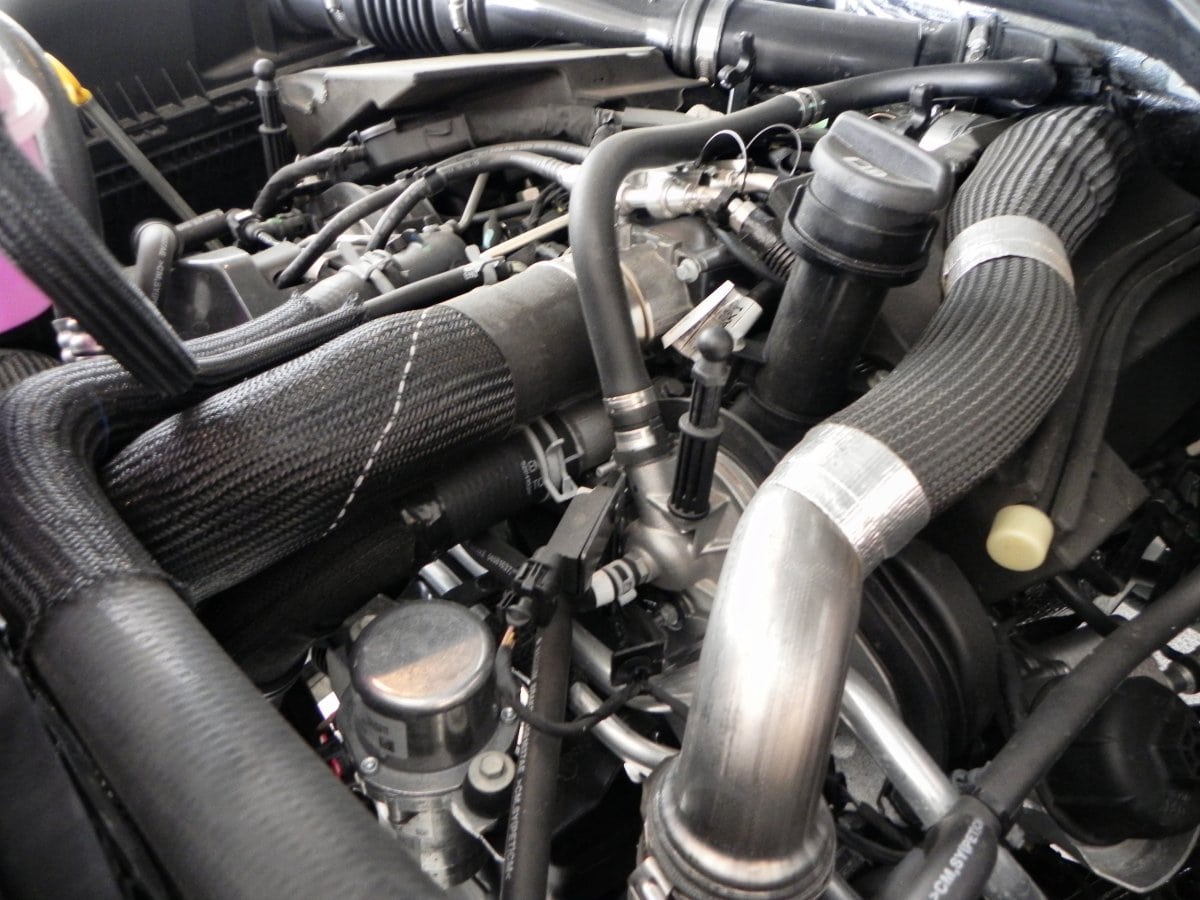Car leasing offers flexible terms, access to the latest models, and the chance for you to build your credit score, making it an attractive option for younger drivers. With one in five young drivers between 18 and 24 now choosing to lease a car, what do they need to know?
The process of acquiring a car is challenging, and not least of all for young drivers who are less likely to have access to savings to purchase a car outright. Car leasing offers a solution with low monthly payments and flexible contract terms.
1 in 5 young drivers choose to lease a car, and if you’re considering it, it’s essential to understand the options and benefits available to you. From Personal Contract Hire (PCH) and Personal Contract Purchase (PCP) to practical considerations like insurance and financial stability, young drivers can decide whether car leasing is right for them. This guide will cover the leasing options, benefits, and key considerations for young drivers looking to lease a car.
How does car leasing work, and are they available to young drivers?
There are two main car leasing agreements available to young drivers. These are Personal Contract Hire and Personal Contract Purchase. Let’s take a look at them in more detail.
Personal Contract Hire (PCH)
With PCH, young drivers can lease a car for a set period, usually up to four years, by making monthly payments. At the end of the lease term, the car is returned to the leasing company, and there is no option to purchase. Short-term car leasing is a subset of Personal Contract Hire (PCH) that usually lasts between 1-18 months. It offers greater flexibility than long-term car leasing due to shorter terms. Young drivers find short-term car leasing useful when looking to test a car before either purchasing or leasing the model for a longer-term.
Personal Contract Purchase (PCP)
PCP allows young drivers to finance a car through monthly payments over a fixed term, typically two to four years. At the end of the contract, the young driver can purchase the car outright by paying a payment, known as the balloon payment, or returns the car, or trades it in for a newer model. The final balloon payment is based upon the Guaranteed Minimum Future Value (GMFV).
What are the benefits of leasing a car for a young driver?
Leasing a car offers 4 key benefits for young drivers, including the opportunity to build credit, enjoy warranty and breakdown cover, manage finances with fixed monthly payments, and access the latest car models with advanced safety features.
- Chance to build credit score: Leasing is a great way for young drivers to build their credit score, as it allows them to demonstrate their ability to make regular payments on time.
- Warranty and breakdown cover: New cars are covered by the manufacturer’s warranty for the first 3 years which negates costly repairs that an older car will require. All new cars also have three years before they need their first MOT, since the parts and components are unused and unlikely to have wear. These are two big expenses that young drivers can avoid.
- Fixed monthly payments: Leasing offers fixed monthly payments, which help young drivers budget. There are a number of options available, including car models suited to different budgets. For example, leasing starts at around £150 per month for Fiat 500s and BMWs start at £300.
- Access to the latest models: Leasing allows young drivers to access the newest car models, which also come with the latest safety features and technology. By opting for leasing a newer car, young drivers can avoid the pitfall of car depreciation that they would experience if they bought a car outright.
What are the considerations for young drivers before leasing a car?
Leasing a car as a young driver involves high insurance costs, financial stability requirements, and restrictions on car modifications, each influencing the overall feasibility and freedom of the leasing experience. Here are the top 3 drawbacks for young drivers leasing a car.
- Insurance costs: Young driver insurance costs, on average, around £1,791 a year for drivers who have just passed their test. Leasing companies will also require that the lessee have fully comprehensive coverage.
- Financial stability: Young drivers must demonstrate a steady income to prove they can make the monthly lease payments. Additionally, be prepared for initial costs, including a deposit, fees, and the first month’s payment.
- No car modifications: Young drivers cannot modify the car without permission from the leasing company. Some leasing companies allow modifications if they can be reversed when the car is returned, but young drivers will not get the same level of freedom to modify their lease car as they would a owned car.
What types of cars should young drivers consider?
Young drivers typically choose cars due to their affordability, low insurance costs, fuel efficiency, compact size, on-trend designs, making them economically sensible and practical for urban driving and daily commutes. Here are some of the most popular types of cars amongst young drivers.
- Fiat 500
- Fiat Panda
- Ford Fiesta
- Renault Clio
- Skoda Fabia
- Toyota Aygo
- Vauxhall Corsa
- Volkswagen Polo
Can a young driver lease a car?
Yes, a young driver can lease a car providing they meet the criteria of the car leasing company. Due to the legal nature of the agreement, young drivers seeking to lease a car must be 18 years or older. A full driver’s license and passing a credit check are also necessary requirements.
How do I qualify for a lease car?
Qualifying for a lease car involves meeting specific criteria. The required credit score is typically 700 (considered good by Experian) or higher, with stable income and a reasonable debt-to-income ratio. Insurance coverage with specific liability limits is also necessary.
By meeting these requirements, young drivers can increase their chances of being approved for a lease car and enjoy the benefits of driving a new vehicle without the commitment of ownership.
Final thoughts
Car leasing is a really useful option for young drivers to consider. It presents young drivers with a practical and financially manageable way to access new vehicles, offering benefits like credit building, warranty protection, and access to the latest car models, while also considering factors such as insurance costs and the inability to modify the vehicle.






